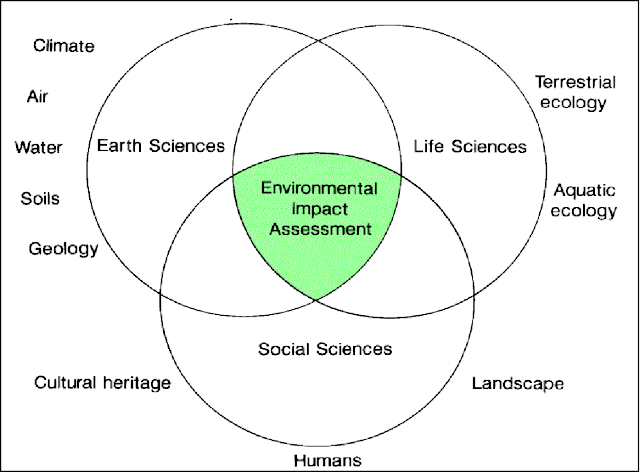(It might take me a while to find a workable new title. Bear with me.)
Now that US President Joe Biden has signed the Inflation Reduction Act into law, let’s take a quick look at the environmental provisions and see what they offer. The entire Act is in five parts: Subtitle A, Deficit Reduction; Subtitle B, Prescription Drug Pricing Reform; Subtitle C, Affordable Care Act Subsidies; and Subtitle D, Energy Security—that’s the one which concerns us right now.
A quick bullet list of what this bill does:
- Modifies and extends tax credits for commercial-scale renewable energy;
- Creates tax credits for commercial zero- and low-carbon energy like nuclear power, hydrogen and others, and for manufacture of renewable power components like PV cells and wind turbine blades, and mining of rare earth metals;
- Modifies and extends domestic efficiency and renewable energy tax credits;
- Modifies tax deductions for commercial building efficiencies;
- Creates a tax credits for clean vehicles (EVs, fuel cells and otherwise);
- Permanently increases the Superfund cleanup budget;
- Permanently increases funding for the Black Lung Disability Trust Fund;
- Increases research budget tax credits for small businesses;
- Enacts a fee on methane emissions;
- Provides a ten-year targer for oil and gas leases (62 million acres/250,000 sq km)..
A VERY incomplete list of what it doesn’t do:
- Fix the Roberts court’s sabotage of EPA regulatory authority over greenhouse gas emissions;
- Address cryptocurrency energy consumption;
- Establish a carbon tax;
- Finance global mitigation efforts.
Now, I will admit that those are a wish list, but they’re necessities for real progress against climate change. So they're sort of like
wishing for food and clothes at Christmas.
Environmental justice is a
significant aspect of this law. ManyMany of the tax credits are intended to help low-income
communities, with higher incentives for renewable energy delivered there. There
are tax incentives as well for carbon capture (both monoxide and dioxide, CO
and CO2). The tax incentives for nuclear power are aimed at
currently operating stations, as there are no new plants under construction in
the US (though two new reactors are being built in Waynesboro, GA, expanding an
existing facility. Including these two, there are 53 currently under construction around the world.) Among the various biofuel and low-carbon fuel provisions is
a tax credit for “sustainable” jet fuel which lowers greenhouse gas emissions
by 50% over typical petroleum-based fuel.
The EV credit--$7,500 per vehicle--is complicated by one
major condition: 40% of battery materials must be sourced within the US,
currently not a reality. The credits also have income caps, excluding high
earners ($150K and up for single filers). This and the tax incentives for domestic
renewable installations are a
Meanwhile the bill does include concessions to the fossil fuel industry, guaranteeing 2 million acres (a bit bigger than Delaware) onshore and 60 million acres (a little smaller than Michigan) offshore of new leases over the next decade.
The methane emissions charge is the first direct
federal fee levied on greenhouse gas emissions, and is accompanied by tax
credits for emission reductions. The bill also funds additional EPA staff and
caps environmental permitting review periods to hasten the permitting process for
all energy projects, renewable and conventional alike.
So, to address the question: is this new law a game-changer?
Is it a BFD? My answer: yes and no. It depends on your frame of reference.
Looking politically at our country, you can certainly say this bill is a really
big deal. It’s the first substantive law addressing global warming in the
nation’s history, if you consider the methane fee. Combined with the tax
incentive-version of funding for renewable and efficiency projects, and the
bill is a welcome step in the right direction toward sustainability. I’m
certainly glad it’s law!
But it’s a game-changer, a BFD, only insofar as it’s the start of the journey. The United States has been lagging the developed world badly in terms of governmental action on climate change. Truly changing the global warming game would mean setting the stage to reduce emissions. In the meantime, the bill allocates $369B—51% of the 2022 defense budget--mostly in the form of tax incentives, to clean energy and efficiency. (And the defense budget is for one year only. The IRA’s tax credits are spread out over several.)
That’s good! But I try to stay realistic about economics and
geopolitics, though I’m less than a neophyte at both. I don’t expect miracles.
And I, like the rest of us, am all too painfully aware of the political
limitations on Joe Biden and the forward-minded Democrats. So this bill is an
admirable accomplishment. A BFD, even! Joe and the Democrats seized political victory
from the jaws of defeat. I appreciate that.
But I’ll pour a bit of cold water on the parade by keeping
my vision on the scope of the problem facing us. The planet is still headed,
most likely, to a 3°C of temperature rise by 2100. This law will not lower
emissions in the US, or the world. Despite the renewable investments and
methane fee, the lease guarantees assure that. We face a world where economic
development is still orthodoxy, where global warming is ignored when
considering war, where climate justice for hundreds of millions is still a
fantasy.
A true game-changer?
A treaty between the United States and China concerning the
status of Taiwan and mineral rights to the East and South China Seas, paving
the way to demilitarize the area and allow for expanded renewables development
there. (Note I’m avoiding saying exactly what any terms would be! I wish I had
the answers.) Even more than war-torn Ukraine, the ocean around China is the
arena for the next potentially major world conflict, especially because it
involves a rising power, China, and not a fading power, Russia. If we could somehow
turn that international powder keg into a region of cooperative development, we
would change the international game. If the US government were to budget more, every year, on
education and renewables development than on defense, then we would change the domestic game.
Perhaps I have the poet’s hatred of reality. (I know one or
two people who would nod their heads emphatically ‘yes’.) But I’ll put my
overall impression of the global warming situation in pop culture terms, because I’ve been a big Lord of the Rings fan since I was about ten. If overcoming
global warming is equivalent to dropping the ring into Mount Doom, with Biden’s signing of this
bill, we’ve only reached Rivendell.




















































